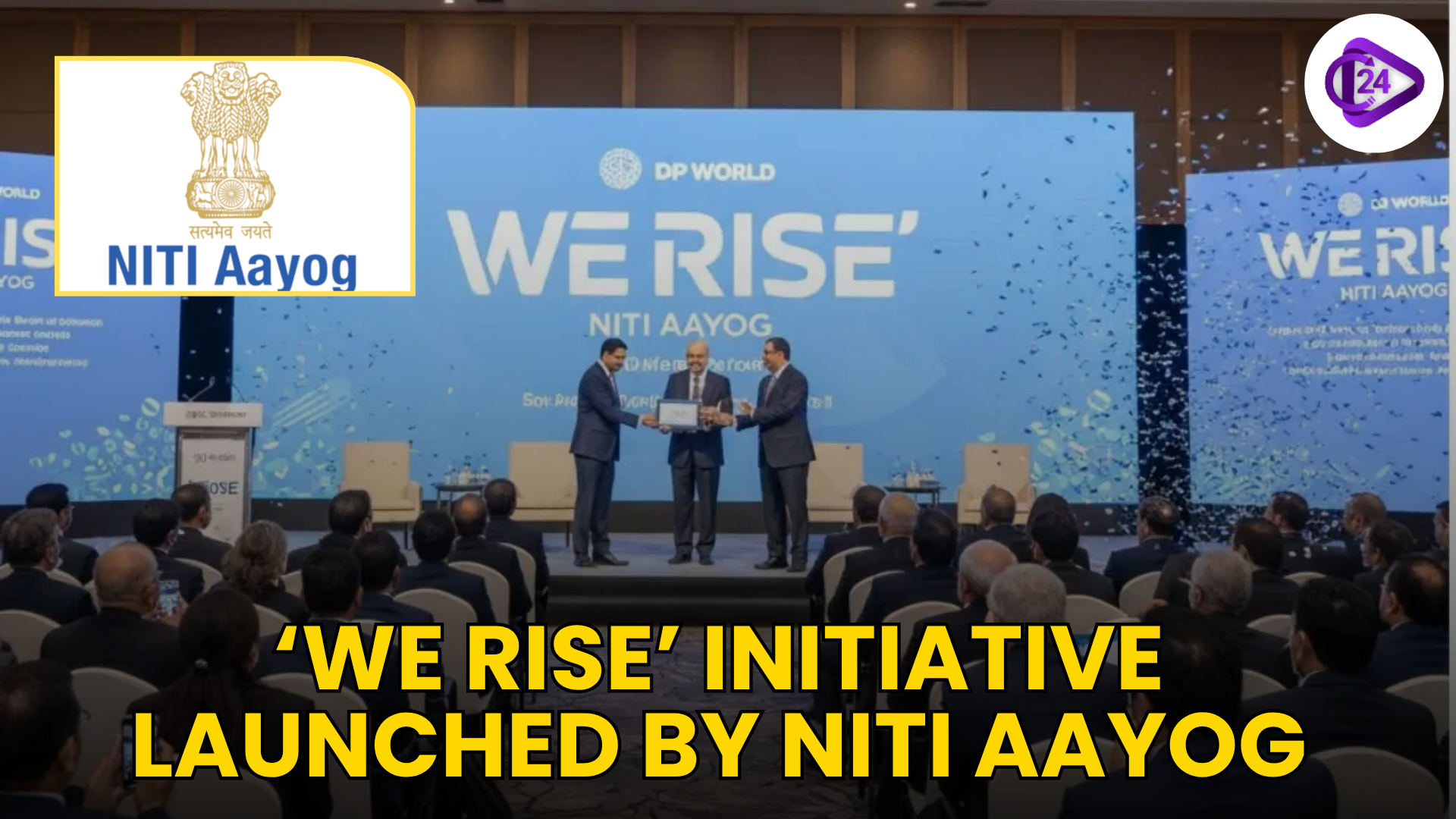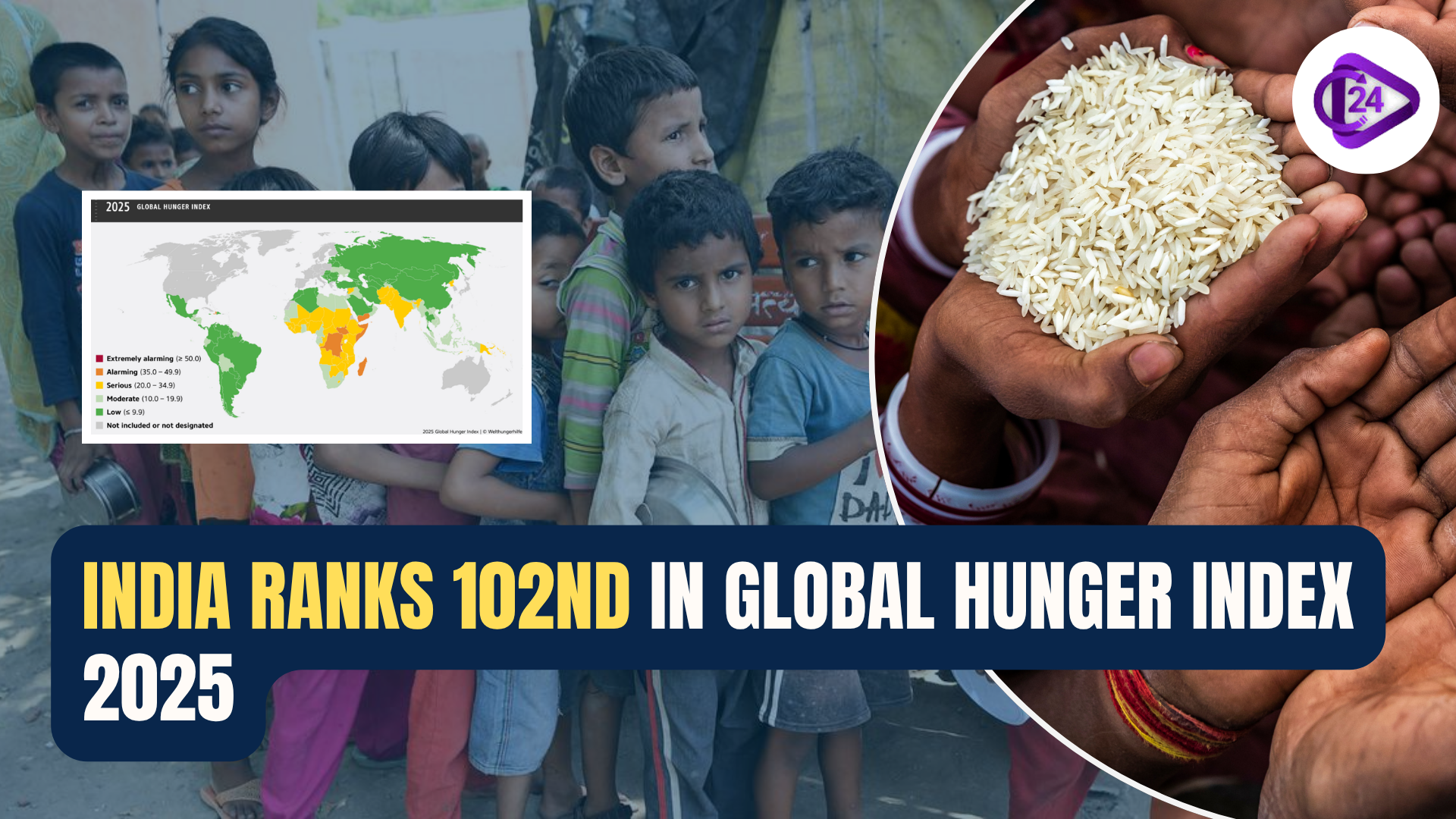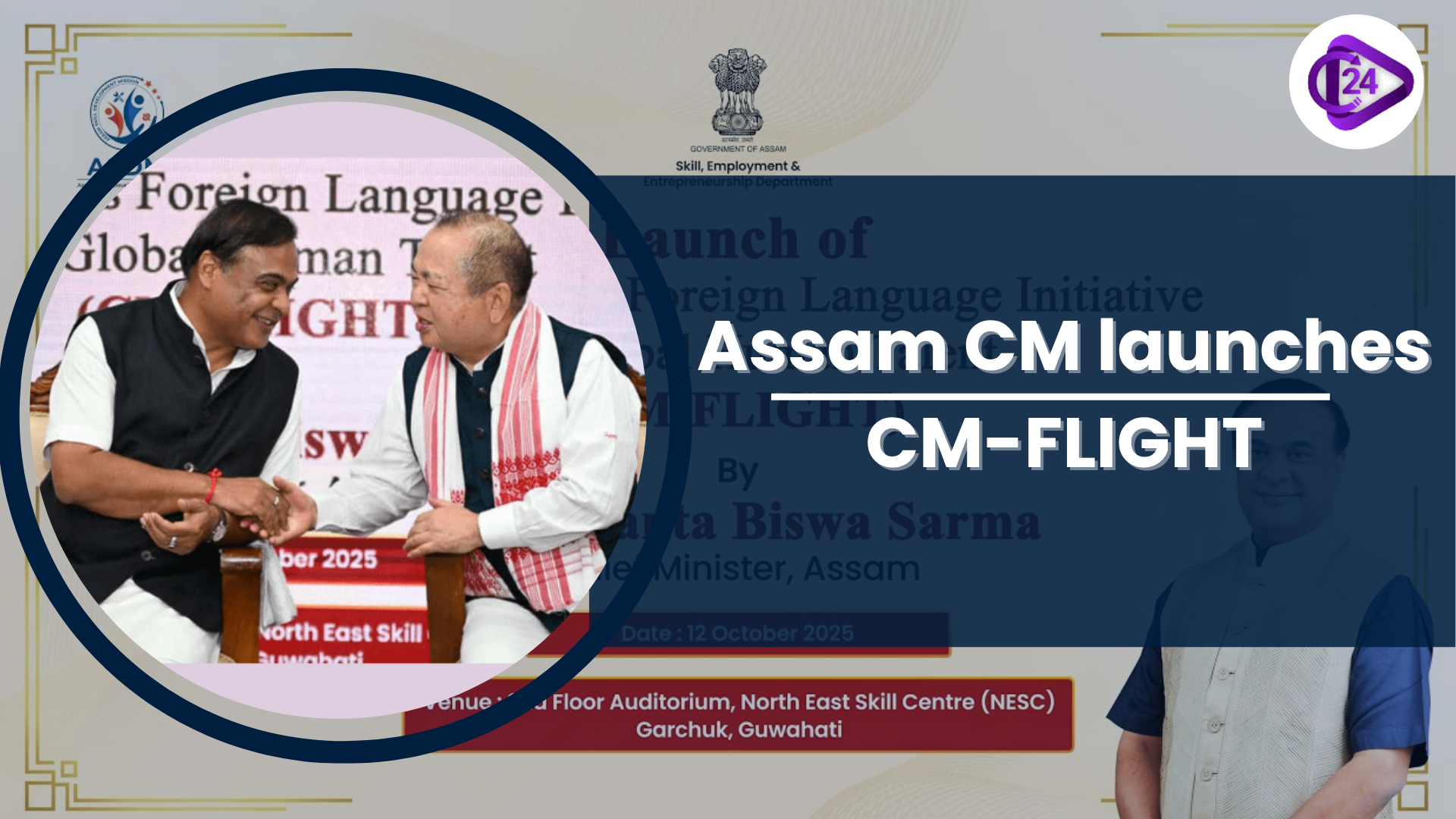
Starting in January 2025, key revamps are planned for the PLFS to make labour market statistics available more frequently, to a larger group, and more reliably. Every month, national data on LFPR, WPR, and UR will be announced by CSO. Data will be produced for both rural and urban areas, as opposed to being limited to just urban places before. Also, results for the fourth quarter will align with the calendar year (from January to December) to meet the standards of other countries. The survey was made more effective by raising the number of surveyed households to over 2.7 lakh, ensuring better representation of all districts, and introducing a new way to collect data on labour markets.
Context:
-
MOSPI is updating the PLFS, through its National Statistics Office (NSO), to deliver up-to-date, diverse results to aid policies and match India’s labour statistics with global standards.
Key Points:
-
From April 2025, monthly estimates of LFPR, WPR, and UR will be made for the entire country.
-
The first quarterly estimates will be provided for rural and urban areas to cover the entire nation and will come out in August 2025.
-
Those reports are planned to follow the calendar year (Jan-Dec) pattern starting from 2025.
-
Earlier, 1,02,400 households were surveyed each year, but it is now 2,72,304 (12 households in every 22,692 First Stage Units in Varieties).
-
To ensure data represent the entire community, a district-level division was developed.
-
Every month for four consecutive months, households get a new survey.
-
When the schedule or questionnaire changes, it is crucial to compare the new findings with previous PLFS information.
-
Since 2017, PLFS has delivered quarterly statistics on urban life and annual statistics on rural-urban life.
What is Periodic Labour Force Survey (PLFS)?
Background:
-
Since 2017, surveys within this framework have been carried out by the National Sample Survey Office of the Ministry of Statistics and Programme Implementation.
-
Works to record and supply regular information on the employment situation in India.
Objectives:
To find out the numbers on important labour market indicators, such as:
-
Worker Population Ratio (WPR)
-
Labour Force Participation Rate (LFPR)
-
Unemployment Rate (UR)
-
At first, URBES projected quarterly figures only for cities using statistics from the Current Weekly Status report.
-
Provides statistics every year on employment and unemployment levels, both in rural and urban areas, by Usual Status (ps+ss) and Current Weekly Status (CWS) methods.
Concerns Regarding India’s Labour Force
-
Gender Gaps:
-
Women have a lower ratio of workers in the labor force compared to men.
-
Eight percent of urban women are unemployed.
-
Only 3 percent of working women over 25 have advanced education degrees—this demonstrates that many well-educated women in Turkey are not being used as skillfully as they should.
-
-
Stagnation in Employment:
-
The fact that WPR and LFPR are rising only slightly from year to year suggests that job growth is slow.
-
Job growth does not mirror economic growth, so the economy may see more people out of work or working in low-quality jobs.
-
-
Youth Unemployment:
-
The majority of unemployed people who have higher or secondary education belong to the youth group.
-
India’s youth unemployment rate is 10.2%, only slightly higher than the world average of 13.3%.
-
-
Low Productivity:
-
Indians work the second-longest number of hours each week globally (46.7 hours).
-
51% work more than 49 hours weekly.
-
Still, labor productivity in India is low, with each worker making just USD 8 per hour on average and placing India 133rd in the world.
-
-
Rural Employment Dependence:
-
The vast majority of people in rural areas find work that is low in output or not recognized by the government.
-
High underemployment and prevalence of insecure jobs over quality, skill-based employment.
-
India’s Initiatives Related to Employment
-
Support for Marginalised Individuals for Livelihood and Enterprise (SMILE)
-
PM-DAKSH is an initiative created for skilled and competent workers (Pradhan Mantri Dakshta Aur Kushalta Sampann Hitgrahi).
-
MGNREGA, which stands for Mahatma Gandhi National Rural Employment Guarantee Act
-
The Pradhan Mantri Kaushal Vikas Yojana (PMKVY)
-
Start Up India Scheme
-
Rozgar Mela (Employment Fairs)
-
Urban Employment Guarantee Scheme of Indira Gandhi (Rajasthan)
Suggestions for Developing India’s Labour Force
-
Bridge Skill-Industry Mismatch:
-
Support the approach of outcome-based skilling by teaming up with NSDC and private organizations.
-
Use AI, data analytics, and cybersecurity through the Future Skills Prime ecosystem.
-
-
Drive Formalization with Inclusivity:
-
Ensure that casual workers can sign up in e-Shram using their Aadhaar and UPI options.
-
Enable MSMEs to get online and access micro-credit through PM Vishwakarma and Udyam Portal.
-
-
Institutionalize Urban Employment and Mobility:
-
“Kerala’s Ayyankali Urban Employment Scheme for instance ensures workers 100 days of paid work.”
-
Set up routes where migrant employees can travel between states, with ready access to housing and insurance.
-
-
Focus Climate Transition on Creating Jobs for Society:
-
Put money into green industries like solar, electric vehicles, and waste-to-energy to help create environmentally friendly jobs.
-
Use ‘just transition’ practices to help high-carbon workers find new jobs.
-
-
Design Gendered Labour Reforms:
-
The Pilot Women Workforce Participation Indices are used to detect the main challenges that women in the district face (transport, care work, and individual habits in the family).
-
Ensure that policies for corporate social responsibility also support skilling and mentoring women, as well as helping them rejoin the workforce.
-
-
Incentivize Employers:
-
Give company owners a break on their taxes if they hire new workers legally.
-
Incentivize companies that hire women, persons with disabilities, the elderly, and transgender individuals.
-
Conclusion:
Because of the upgraded PLFS, India now gets higher-frequency, detailed, and nationally representative statistics on labour. This will help decision-makers address changes in the labour market and better understand how jobs are changing in rural and urban areas.



 NITI Aayog’s ‘We Rise’ Empowers Women Entrepreneurs
NITI Aayog’s ‘We Rise’ Empowers Women Entrepreneurs Harsh Sanghavi Appointed Gujarat Deputy Chief Minister in Major Cabinet Reshuffle
Harsh Sanghavi Appointed Gujarat Deputy Chief Minister in Major Cabinet Reshuffle India Ranks 102nd in Global Hunger Index 2025: Hunger Remains a Serious Challenge
India Ranks 102nd in Global Hunger Index 2025: Hunger Remains a Serious Challenge Kaziranga Director Sonali Ghosh Becomes First Indian to Win IUCN Innovation Award
Kaziranga Director Sonali Ghosh Becomes First Indian to Win IUCN Innovation Award Assam Government Introduces CM-FLIGHT Scheme for Improved Global Career
Assam Government Introduces CM-FLIGHT Scheme for Improved Global Career India’s First Bullet Train to Launch by August 2027, Mumbai–Ahmedabad
India’s First Bullet Train to Launch by August 2027, Mumbai–Ahmedabad Goa Launches Majhe Ghar Housing Regularisation Scheme
Goa Launches Majhe Ghar Housing Regularisation Scheme IUCN Recognizes India’s First Dugong Conservation Reserve in Tamil Nadu
IUCN Recognizes India’s First Dugong Conservation Reserve in Tamil Nadu Cyclone Shakti Brings Heavy Rain Forecast for Mumbai and Konkan Region
Cyclone Shakti Brings Heavy Rain Forecast for Mumbai and Konkan Region Underwater Road Tunnel in Assam
Underwater Road Tunnel in Assam






